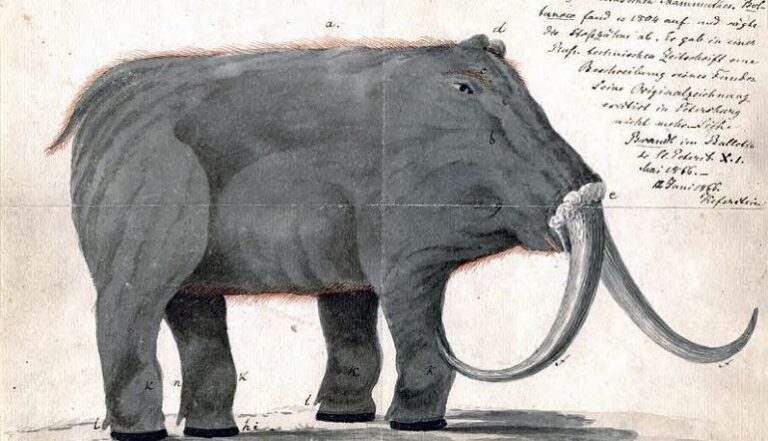The Things Left Unsaid in No Such Place

Lately I’ve been wondering if I’ve been getting in the way of my own success. Perhaps the very qualities that make me easy to get along with—flexible, compassionate, understanding—are what make it harder for me to get my work out there. In my memoir and my essays, I tend toward a certain equanimity—not a neutrality, per se, but an ambivalence, a desire to understand the other side, even if they are categorically wrong. I also like to leave certain things unsaid. Rather than interpret, I prefer to put the story out there and let readers draw conclusions rather than tell them exactly what I mean. Recently, I’ve been wondering if maybe that’s not what sells. Maybe, in writing as in social media, people prefer decisive, cutting statements. Should I pretend to have the confidence of a cis white man when I write, stating clearly rights and wrongs, letting my opinions take up all the space that they desire?
Then I read Shifra Cornfeld’s latest novel, No Such Place, published in Israel in 2022. Cornfeld, a kind of media renaissance woman, had made a name for herself in the Israeli literary industry through her 2012 debut novel, The Second Half of the Night, an account of a cultish ultra-orthodox sect living in the Jerusalem mountains. Almost a fairytale, her first novel had good and evil, heroes and villains, and no sympathy for the devil. Now, a decade later, Cornfeld investigates the life of the devoutly religious from a very different point of view.
Told from the perspectives of a mother and several siblings, No Such Place unfurls a quiet family saga, examining the evolving, magnifying the damage that a toxic upbringing and parental neglect wreak on children. No Such Place’s mother is clinically depressed, and finds herself in successive abusive relationships. The eldest daughter battles bulimia as she acts as caretaker to her younger siblings. Her brother hides his homosexuality and harbors suicidal thoughts. Of their twin sisters, one hides from the world inside her house while the other becomes a vagabond, thoughtless and carefree. Their father—a religiously devout man who detaches himself from his nonobservant children—and two other brothers, who live with him after the parents separate, are only tangentially present in the story, like ghosts who appear from time to time but lack a voice of their own. Readers follow the narrating characters as they move through the world—together and separately—from Jerusalem through New York to Toronto, at times running away, other times meandering, always escaping their reality in a desperate hope of attaining some peace, of finding someplace that feels more like home. As they flee, their aches and scars are revealed.
The book could have easily portrayed the parents as pure villains. In fact, the book does list and elaborate on the many crimes they have perpetrated against their children—some out of ignorance, others out of neglect. It delves deep into the concealed ocean of hurt, both sustained and inflicted, unflinching at the distortion that pain causes in our attitudes toward others. But there is no criticism in the telling, no verdicts cast. In fact, there is little to no interpretation of the characters’ behaviors and natures. The story is laid out in plain, direct language, each character using their own lens and mental makeup to state what they had been through. It is left for the readers to choose whether to judge each character’s behavior favorably or harshly.
In fact, No Such Place takes things one step further—by giving the mother her own point of view, the book progresses from the stage of laying out the misdeeds to the more advanced stage of healing—one that often happens in a therapist’s office. This is the stage of radical empathy, in which the child puts themselves in their parent’s shoes, able to investigate, assess, and accept the traumas, lessons, and limitations that led the parent to treat the child the way they did. In giving her a voice, the book offers her a measure of forgiveness, without explicitly absolving her behavior.
But perhaps the most powerful element in this novel is also that which most clearly differentiates it from Cornfeld’s first. Rather than a tight, carefully structured tale, No Such Place pauses briefly in a place in time, uncovering patches of a life before jumping a few years ahead and ending up across an ocean. Revelations are made quietly, almost wordlessly, quickly fleeing back into their holes, shadows on the cave’s walls that only occasionally lift to expose their real object. In hiding more than it reveals, the novel allows readers to draw their own conclusions about the missing voices (the father and two young brothers), the missing action (such as certain moments of emotional abuse or immoral sexual activity), and the missing years of the characters’ lives, sending flickering signals that point readers to what might be the most crucial information of all—the things we choose not to talk about or revisit. By the end of the book, it is up to readers to come up with the missing pieces of the puzzle, designing them as they wish. Whether this silence is part of Cornfeld’s practice of empathy—protecting some of her characters from the harsh judgments of readers—or whether it is a silent indictment, or a wound too painful to touch, in No Such Place what is left unsaid speaks volumes.


